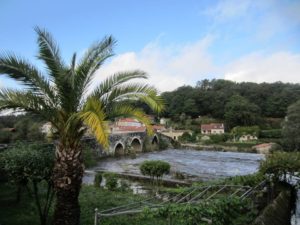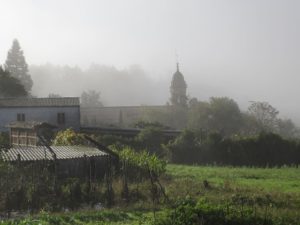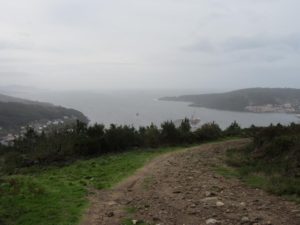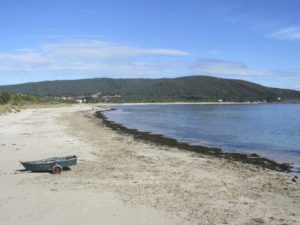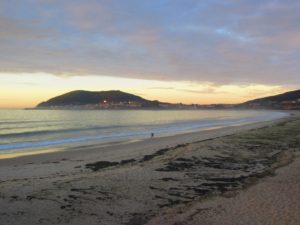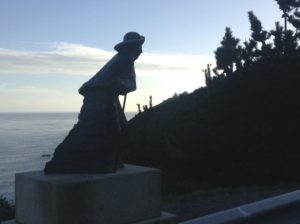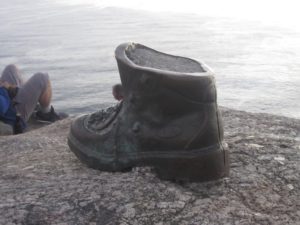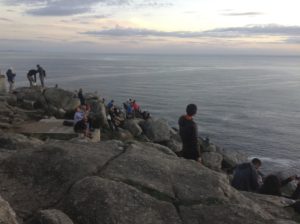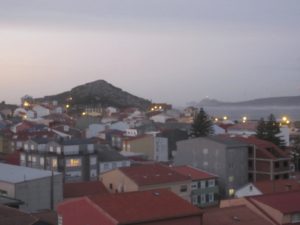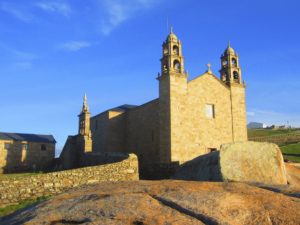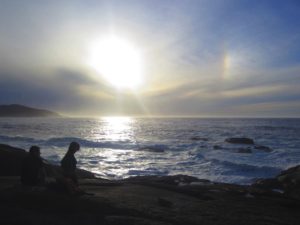CAMINO FINISTERRE
TO THE END OF THE WORLD
Many choose not to end their journey in Santiago de Compostela, but to carry on a further 90 kilometres to Cape Finisterre, believed in ancient times to be the End of the World. This three day journey can be a fitting conclusion to a lengthy pilgrimage, and what could be a better way to end the Camino than to watch the sun set over the horizon on Spain’s Atlantic coast. And if that isn’t enough, why not lace up your boots one more time and hike an additional 30 km from Finisterre to the charming seaside village of Muxia, and watch the waves crash in by the church of the Virgen de la Barca.
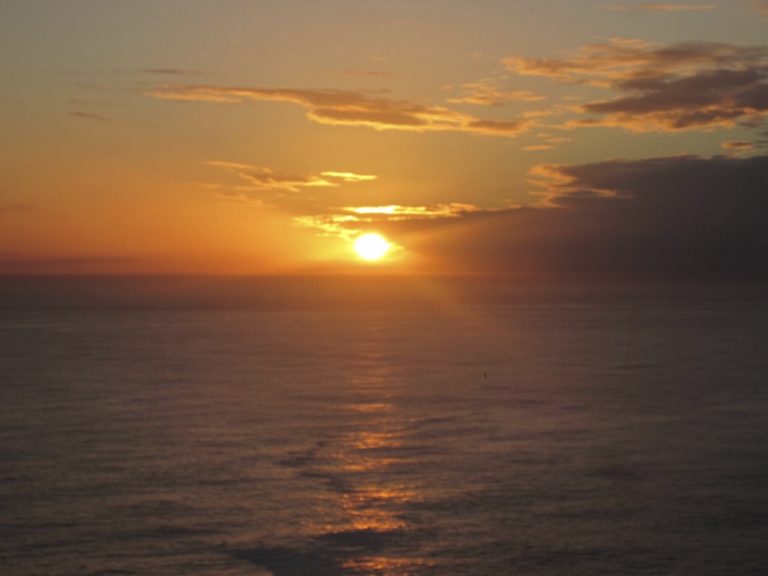
The Walk to Finisterre is a stark contrast to the latter stages of the Frances. Numbers of pilgrims falls off rapidly, and the route adopts a very quiet, rural character. Once outside Santiago, this path leads through enchanted eucalyptus forests, across the medieval Ponte Maceira, and onto the town of Negreira, which is the only major sign of urban life for a further 50 km. This is really the only place to stock up on supplies before reaching the coast.
Just 22 km from Santiago, Negreira is a good stopping point for the first night, and offers a plentiful supply of accommodation. From there the route wanders into the heartland of rural Galicia, winding its way through woods, meadows, pastureland, with a scattering of small hamlets in between offering shelter and food. It is possible to walk this path and meet just a handful of locals, and the quiet isolation can be comforting or unnerving depending on your state of mind.
The village of Olveiroa, 33 km from Negreira, is the recommended resting place for the second night as it offers a good selection of lodgings and eateries. This little place has benefited enormously from the passing pilgrim trade in recent years, with many more facilities on offer now than in the earlier part of this century. From there it’s a long desolate slog across moorlands to the busy town of Cee. Along the way the ocean will come into view for the first time, and Finisterre will be visible in the far distance. Some people stop in Cee for the night, while other hardier souls carry on to Finisterre, about 10 km away.
It is possible to dip your aching feet in the ocean and gather some souvenir shells from the beach just before arriving the town of Finisterre. A certificate of completion is available from the municipal albergue in the centre of the town. Pilgrims make their way from there through the narrow streets of this fishing village to the lighthouse about three kilometres away, where on a clear evening the spectacle of watching the sun disappearing behind the horizon awaits. Pilgrims used to burn their boots and items of clothing by the lighthouse to symbolically end their journey, although this practice has now been outlawed due to damage to the local environment.
From Finisterre, it is just another 30 km to the town of Muxia, where legend claims the Virgin Mary came ashore, and the remains of her boat formed the wave cut platform beneath the church of the Virgen de la Barca. Fewer people make the trip to Muxia than Finisterre, but for those who have the time and energy it is well worth the extra walk. Muxia is situated on Spain’s Costa da Morte, or Coast of Death, so called because of all the shipwrecks in the region. Be warned that this area can experience horrific amounts of rainfall, so strong weatherproof gear is essential for the journey
Some choose to do an about face and walk the same journey back to Santiago. It can be an unusual feeling walking against the tide of pilgrims, but following the same path in reverse can offer a time for reflection and provide a comforting epilogue to the Camino. The whole loop can be completed in about a week, and blue arrows point the way back to Santiago for the reverse pilgrims. Whatever path you choose, the journey to the End of the World is one not to be missed and never to be forgotton.
